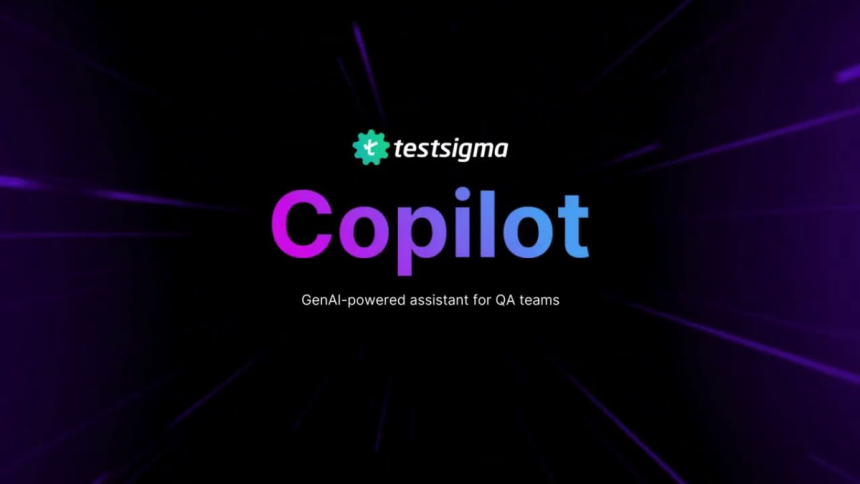Every software development team is well aware of the value of proper testing. Having an application appear and function properly across various devices and browsers is crucial. Although Applitools is a well-known name when visual testing is concerned, several other products are offering good alternatives. The alternatives vary in their functionality, pricing models, and ability to support varied testing needs. Awareness of these Applitools alternatives enables teams to identify the most suitable choice for their projects.
- Testsigma – An End-to-End Cloud-Based Test Platform: Testsigma is perhaps the most potent automated testing software. Testsigma is a cloud-based test platform where the testers can easily write, run, and maintain tests. Its biggest strength is that it offers scriptless automation support, thus even those people who are not very skilled in coding can also utilize it. The tool allows teams to carry out end-to-end testing of web, mobile, and APIs smoothly across various environments.
- Cypress – A New Age Frontend Testing Option: Cypress is greatly preferred by developers and testers because of its speed and ease of use. It is especially well-suited for front-end testing and is renowned for its quick execution with real-time feedback. It executes natively in the browser, making it easier and quicker to debug. Cypress is very compatible with web applications of the current era and is an excellent choice for those teams that exclusively work on front-end testing.
- Selenium – The Classic Open-Source Solution: It is an open-source tool used to support programming languages, browsers, and operating systems. As such, it is a good option for groups that require flexibility and scalability. Although it is coding-intensive, Selenium gives end-to-end control over automated tests, which provides ease in designing intricate test cases for specific needs. With its extensive community base and adequate documentation, it is still a strong player in the field of automation testing.
- Playwright – A Strong Cross-Browser Testing Tool: Playwright is new but has won over the market very quickly with its dependability in cross-browser testing. It enables testers to write and run tests on multiple browsers using a single script. It is among the largest advantages of one of them that it offers exceptional debugging, through which teams can identify and correct defects with ease. Playwright is also capable of testing modern web applications, which makes it a good option for those seeking a quick and efficient testing framework.
- Katalon Studio – A Comprehensive Automation Testing Tool: Katalon Studio is also another solid choice which comes with testing for web, mobile, API, and desktop. It supports an easy user interface, enabling automation testing effortlessly without the need for much programming skills. Simultaneously, it also features scripting features for people who appreciate customisation. Katalon Studio is also supported by a number of CI/CD pipelines, thus coming in as a convenient choice for teams that aim to enhance their automation pipeline.
In conclusion, selecting the best visual testing tool is based on the particular needs of a project. Usability, compatibility, performance, and integration features are a few of the most significant things to keep in mind while selecting the best tool. Cloud-based testing tools with AI-based testing could be the choice for some, whereas others prefer to use open-source tools to gain full automation control. As software applications are becoming more advanced, the appropriate test framework is a priority to ensure an error-free and seamless user interface. Knowing the differences between Appium vs Espresso also has a crucial role in deciding the best method for mobile testing.
Lynn Martelli is an editor at Readability. She received her MFA in Creative Writing from Antioch University and has worked as an editor for over 10 years. Lynn has edited a wide variety of books, including fiction, non-fiction, memoirs, and more. In her free time, Lynn enjoys reading, writing, and spending time with her family and friends.















